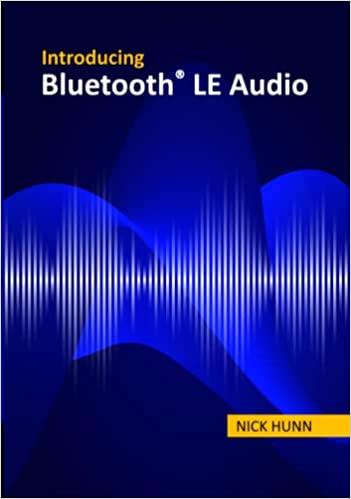Available for digital download, this new book from Nick Hunn, Chair of the Bluetooth SIG Hearing Aid Working Group, Vice Chair of the Generic Audio Working Group, and a key contributor to the Bluetooth LE Audio specifications, provides an in-depth, technical overview of the Bluetooth LE Audio specifications, illustrates how they work together, and shows you how to use them to develop innovative new applications.
The following is an excerpt from Hunn’s book that looks at the some of the applications Bluetooth LE Audio will support.
Chapter 12. Bluetooth LE Audio Applications
The whole point of developing Bluetooth® LE Audio was to support new audio applications, not just to produce a slightly lower power alternative to the existing Bluetooth Classic Audio profiles. Part of that was driven by the need to catch up with proprietary extensions, particularly for True Wireless Stereo. The bigger prize was to allow innovation in audio, to keep up the momentum which TWS and voice assistants had generated, making audio more universal and allowing greater flexibility in how we can listen to it.

Broadcast is the child of the telecoil. The telecoil system has been around a long time. It performs well, but it is remarkably basic. It is mono, has a very limited audio bandwidth, and you can only hear it if you’re located within the confines of the inductive loop. Whilst the aim of Bluetooth technology was to provide a more capable successor, it very quickly became obvious we could expand significantly on the user experience of telecoil.
An initial concern with replicating the telecoil experience is that a Bluetooth transmission is not confined by its installation area. Being wireless, it penetrates walls, meaning that people in adjoining rooms and spaces can also hear any broadcast audio. In many situations, such as public halls and places of worship, that’s not a significant problem, because the only source of broadcast audio will be the one that is relevant for that particular venue. However, in other situations, such as TVs in hotel rooms, or systems within conference centres with multiple meeting rooms, that becomes a major issue, as broadcasts will overlap, with the result that people will have difficulty in understanding which broadcast is the one they want to connect to, and potentially hearing things which they shouldn’t.
That led to the implementation of encryption within a broadcast stream, so that only a user with the correct Broadcast_Code to decode that stream is able to listen to it. Although the broadcast streams overlap, the Broadcast_Code provides an access mechanism where only authorised listeners can decode a particular broadcast Audio Stream. That’s akin to how WiFi works today, where users are given an SSID name to identify a particular Wi-Fi network, and then need to key in an access code to be allowed to connect to it. Whilst people have become used to doing that with Wi-Fi, it’s a pretty basic and often frustrating user experience. Everyone wanted Bluetooth® LE Audio to do it better.
Tackling that needed a better mechanism for a user to access the code than a scrap of paper on a coffee shop table or a notice on the wall. It led to the development of the Broadcast Assistant and the Commander, providing ways for that information to be sent from a Broadcaster that is trusted or known to an individual listener. As the specifications developed, it quickly became obvious that this provided a very powerful mechanism for users, both to pick up broadcast codes, and gain access to individual broadcasts in a far more flexible manner than we have ever seen with previous Bluetooth connections.
![]()
FEATURED DOWNLOAD
Introducing Bluetooth® LE Audio
Download your free digital copy and find out how LE Audio will change the way we design and use audio.
12.1 Changing the Way We Acquire and Consume Audio
Changing the way we acquire and consume audio are important points for developers to understand. For most of the last two decades, the evolution of personal audio has been driven by mobile phones. Initially, we stored files that we’d acquired from music sharing networks on our phones. More recently, with the growth of audio streaming services, the phone became the router supplying music to our ears on demand. However, that experience largely depended on an interaction with the phone to select what we wanted to hear. With the features of Bluetooth® LE Audio, and the predicted availability of multiple Bluetooth LE Audio sources, that is going to change. Those sources may be personal, in the case of our phones, laptops and TVs; public, such as a broadcast transmitter that’s installed in a restaurant, pub, gym or office; or commercial, as in a cinema or when we’re listening to a live performance.

Commanders mean that we will be able to do far more in terms of selection and control without touching our phones. It will be interesting to see what effect that has on the devices we carry with us and wear. If we can do more without touching our phones, their importance as the central device for much of our communication may wane. In turn, as voice becomes natural as a means of command, new applications may develop which use audio as their primary interface, with no need to interact with a screen. There is a long way to go, but smartphones were never going to be the final step in the evolution of our personal communications – some other product will emerge, as smartphones did themselves. The new capabilities that Bluetooth LE Audio brings to the equation, allowing greater ubiquity for voice and audio, may hasten that change.
The ability to use multiple Commanders means that wearable devices gain increased utility. Whilst not all of that will relate to audio, it increases the reasons for purchasing and wearing them. That will help the wearables industry as a whole, which is still struggling to reach the volume or customer interest that they had hoped for.
All of these changes will take time. Some will happen earlier, others later. Some may come in implementations which fail to convince users, but then get successfully reinvented a few years later. That’s been the case for most new personal technologies. What is clear, is that they will change the dynamics of the audio ecosystem, giving far more opportunity for audio manufacturers to innovate and chip away at the de facto status of smartphones. In this chapter, we’ll explore some of the different scenarios for Bluetooth® LE Audio, look at the opportunities for new ways of presenting audio sharing services, determine what is needed to enable them, and assess what this may mean, both for phone design and for the design of other products.
The Bluetooth LE Audio specifications will not, by themselves, transform the way we use audio. To be effective, many parts of the industry – hardware developers, apps developers, service providers and UX designers need to understand the possibilities and take on board how to make these new audio experiences compelling, letting users discover how audio can fit in with their lives in new ways, and then build on that to deliver new ways of using audio.
Download the complete book for free.
![]()
FEATURED DOWNLOAD
Introducing Bluetooth® LE Audio
Download your free digital copy and find out how LE Audio will change the way we design and use audio.



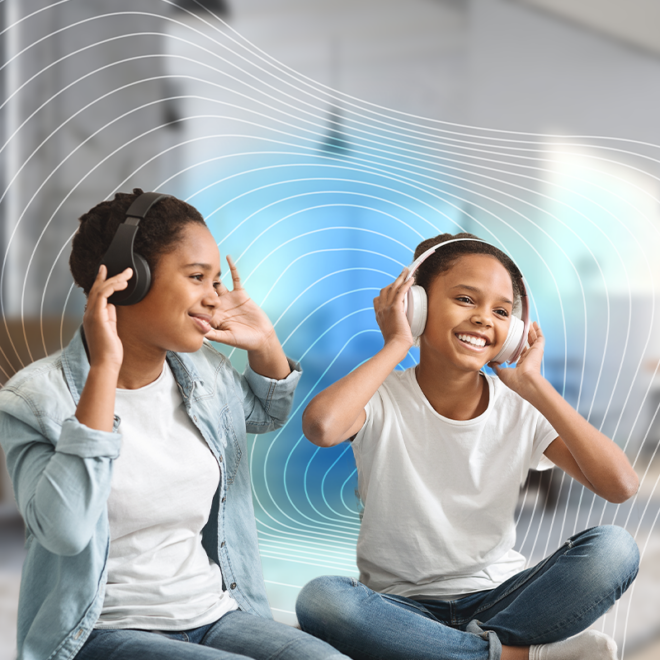




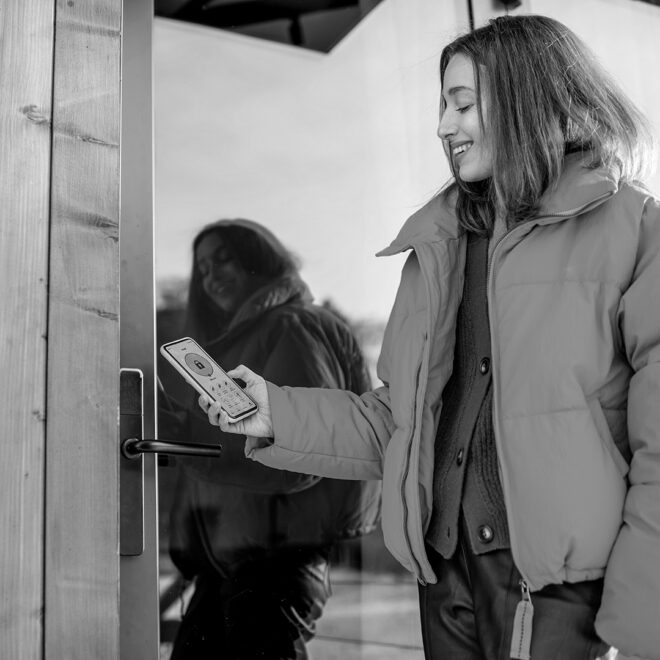

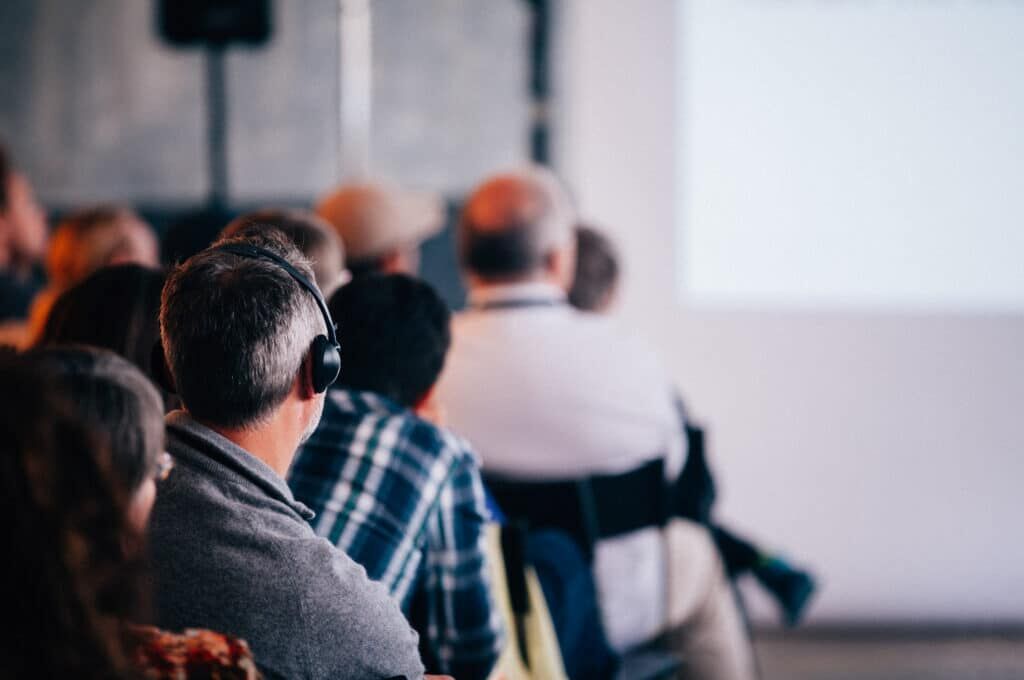
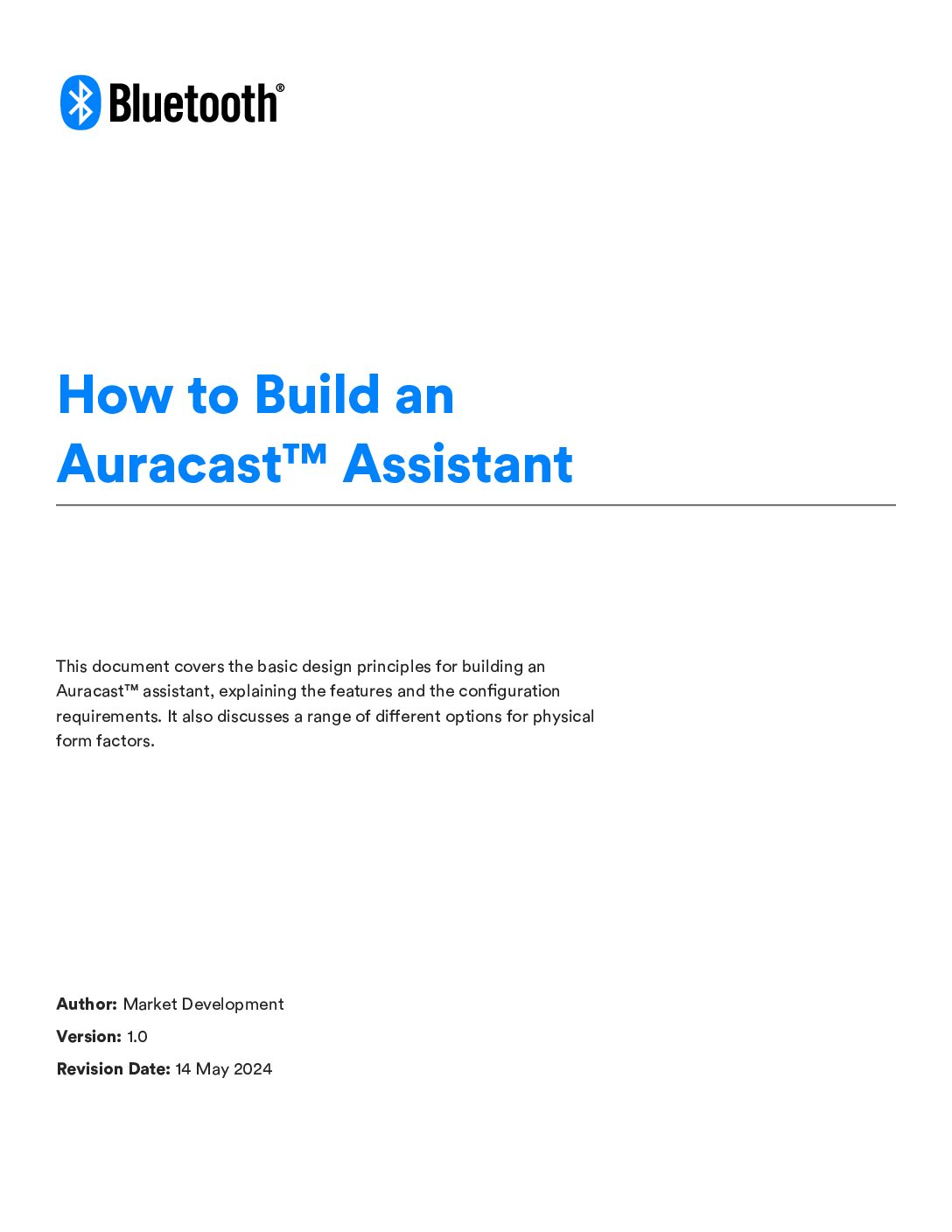

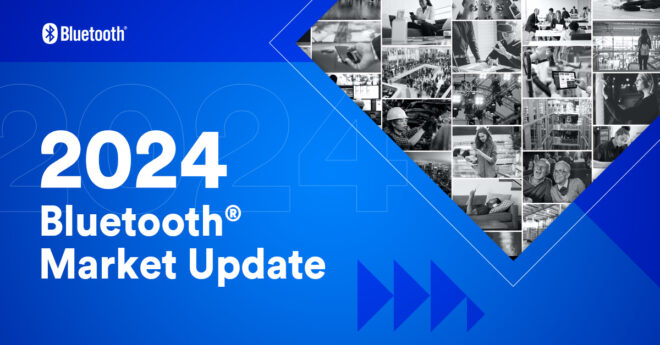
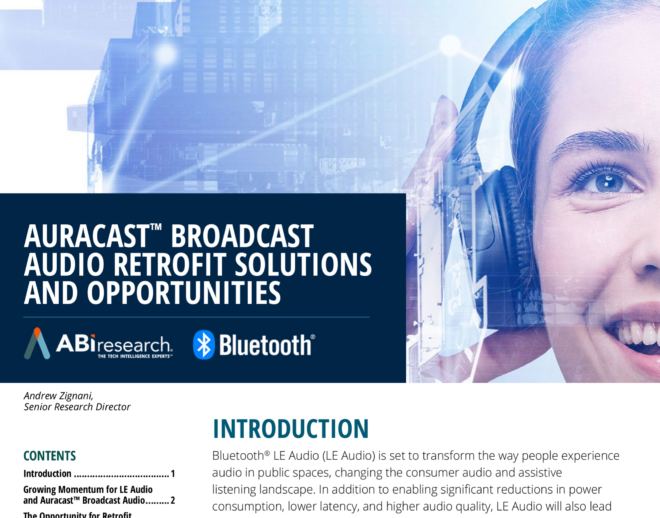
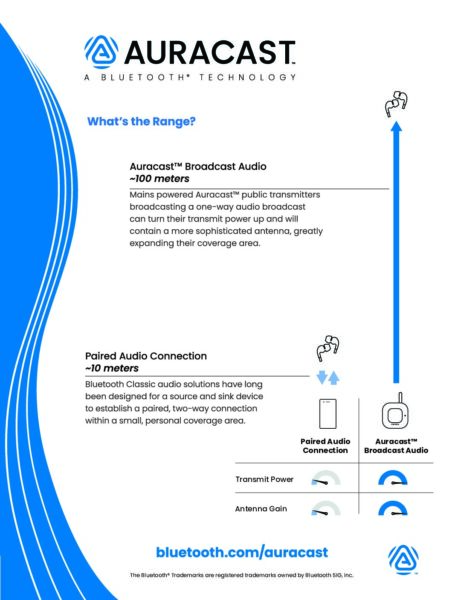
![2312 CES Handout Images FINAL existing pdf 464x600[1]](https://www.bluetooth.com/wp-content/uploads/2024/01/2312_CES_Handout-Images_FINAL-existing-pdf-464x6001-1.jpg)

